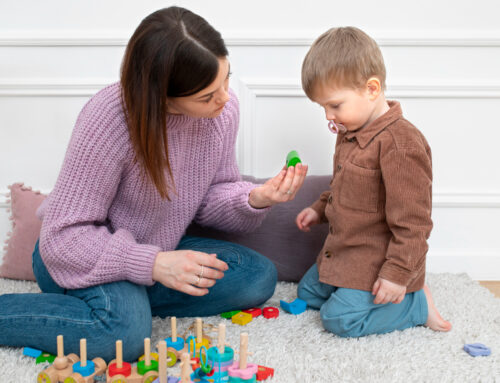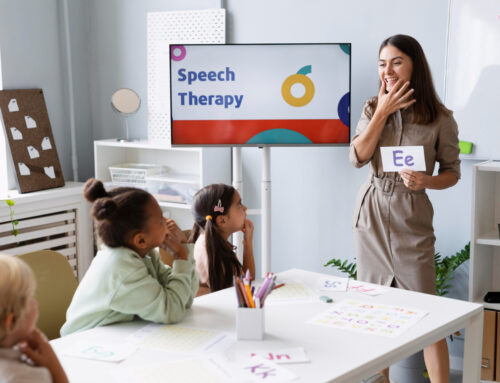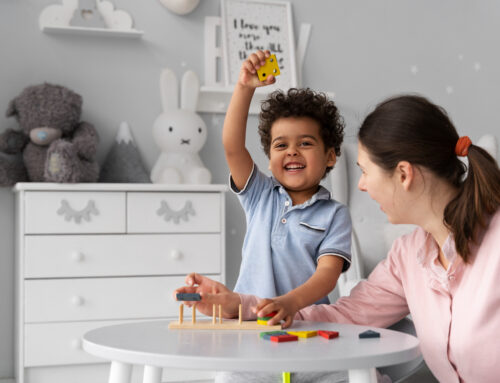Summer is on its way, which means for many parents across the United States more time with kids. Yearly preschool and other fall and winter programs are over, so now you are on your own in your quest to keep your children occupied. You probably have building up an arsenal of summer activities during these hibernation months, and you probably think that you have those long, 3 months handled. Then, the first two days of summer pass and you have used up every single idea and you are now left high and dry with children who are driving you crazy.
Time to switch the gears. From an occupational therapy standpoint, there are endless amounts of summer activities that you could apply in order to get your children moving. OTs are all about the goals, and there is much truth in being able to utilize your time wisely with your children if you have goals in mind. Children from the ages of 3 to 5 years old are very busy growing and learning. Parents can facilitate that growth by implementing activities during the summer schedule.
In order to keep things simple, let’s only focus on a child’s motor development. This means developing skilled movement patterns in order to participate in daily tasks that are the most meaningful or necessary for a particular age group. Motor development is broken down into fine motor (using fine movements of the hands) and gross motor (using large muscle groups to perform bigger movements) development. According to the CDC (2019), typical growing children between the ages of 3 to 5 should be able to do the following:
3 years:
- Climbs well
- Runs easily
- Pedals a tricycle (3-wheel bike)
- Walks up and down stairs, one foot on each step
4 years:
- Hops and stands on one foot up to 2 seconds
- Catches a bounced ball most of the time
- Pours, cuts with supervision, and mashes own food
5 years:
- Stands on one foot for 10 seconds or longer
- Hops; may be able to skip
- Can do a somersault
- Uses a fork and spoon and sometimes a table knife
- Can use the toilet on her own
- Swings and climbs
Of course, the CDC is not the only foundation that provides developmental milestones information so parents should do their research and review all sorts of developmental charts. If your child appears behind or delayed in some motor performance skills, this is not always a sign of alarm. However, parents should make themselves aware about their own children’s development so that in the event there is a concern then help can be provided early on. This is an essential growing period that prepares children for more complex tasks outside of the home including school and community programs.
Rather than going down the bullet point list and making your child follow a rigid activity agenda, consider using some of the following tips to foster your child’s motor growth:
- Set up play dates: It is hard when you’re a parent of very young children, and getting out of the house every day can be a terrible hassle. However, scheduling play dates can be very beneficial for your child’s development. Purposefully have your child hang out with other children who are at similar or even higher motor development levels. It is astounding how much children learn from each other by simply watching each other move around in their environment.
- Go to the playground: If you do not have that swing set or jungle gym in your backyard, go to your local playground. It’s free and full of obstacles that can appropriately challenge your child to move (hopping, jumping, ducking, climbing, crawling, etc.). If you are capable, join them and play on the equipment with your child. Make a habit out of “playground hopping” so that your child can utilize new and different obstacles each week.
- Take your children on picnics: Schedule a time during a nice afternoon where you can take your children on a picnic. Load your basket with fun foods with a variety of textures. Let your child help with setting up the picnic area including passing out plates and plastic ware, laying out the blanket, pouring the drinks, etc. It doesn’t have to be perfect and yes, your child will probably spill things. However, it gives your child exposure and opportunity to practice meal prep and self-feeding demands.
- Send your children outside no matter what the weather looks like: With the exception of severe weather and hail, let your child go outside no matter what type of precipitation is coming out of the sky. Have them dress appropriately by donning and doffing weather-appropriate clothing. This gives children lots of practice in self-dressing tasks, manipulating buttons and zippers, lining up Velcro, tying shoes, etc.
References
Learn the Signs. Act Early. Important Milestones (2019). Center for Disease Control and Prevention. https://www.cdc.gov/ncbddd/actearly/milestones/milestones-5yr.html. Viewed on March 27, 2019.





